Scarecrow by John Mellencamp
Buy Scarecrow While much of popular music in 1985 was moving towards more synth-based compositions and refined production, John “Cougar” Mellencamp decided to return to his roots on Scarecrow. In fact, Mellencamp was […]
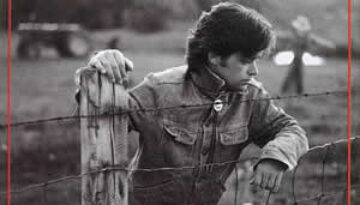
Buy Scarecrow While much of popular music in 1985 was moving towards more synth-based compositions and refined production, John “Cougar” Mellencamp decided to return to his roots on Scarecrow. In fact, Mellencamp was […]
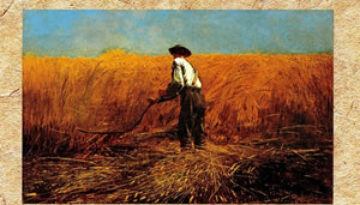
Buy Southern Accents Tom Petty & the Heartbreakers found a nice blend of mid-eighties pop and their traditional rock sound on 1985’s Southern Accents. This sixth album by the group (and first new […]
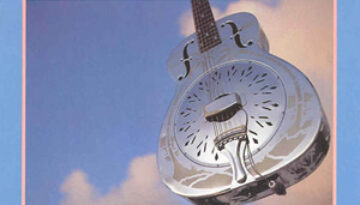
Buy Brothers In Arms Dire Straits reached their commercial peak and achieved worldwide fame with their fifth studio album, Brothers In Arms. All the songs on this album were composed by lead vocalist […]
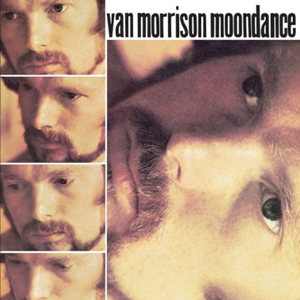
Buy Moondance We’ve covered more music from the year 1970 than from any other year at Classic Rock Review. Through these nineteen articles covering twenty-three different albums, we’ve observed some of the finest rock […]
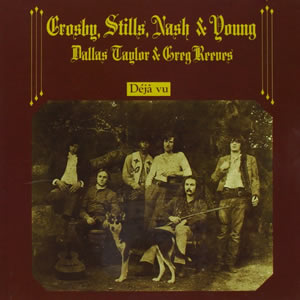
Buy Déjà Vu Déjà Vu is the sophomore effort by the super group with the expanded name of Crosby, Stills, Nash & Young, after the addition of Neil Young to the group. Each […]
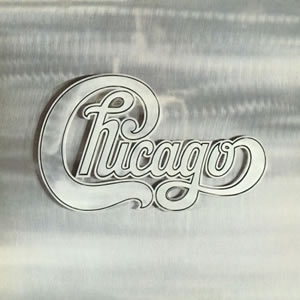
Buy Chicago II Officially titled Chicago, the second double-length album by the group with the same name saw their full immersion into mainstream success while still building on their fusion of rock, funk […]
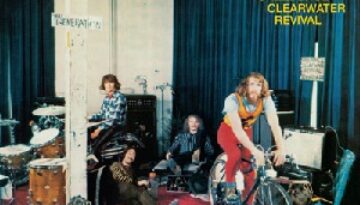
Buy Cosmo’s Factory If nothing else, Cosmo’s Factory is a unique and unconventional album in its structure and approach, as it starts out oddly and packs all its pop/rock firepower towards the back […]
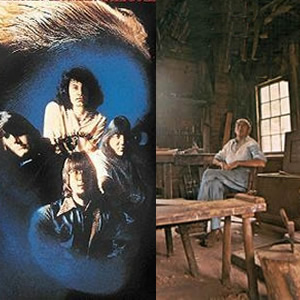
Buy American Woman Buy Share the Land The year 1970 saw the apex of popularity for The Guess Who as well as the initial cracks in their band unity. The two albums they […]
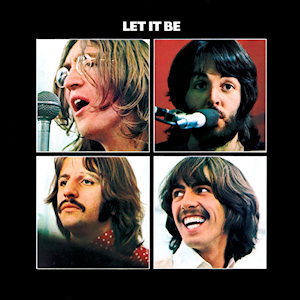
Buy Let It Be Released less than a month after the announcement of their breakup, Let It Be was a unique release by The Beatles on several fronts. First, the bulk of the […]
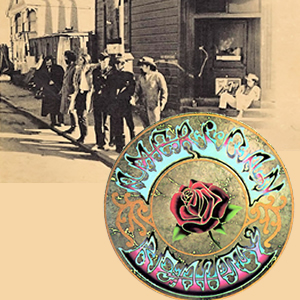
Buy Workingman’s Dead Buy American Beauty With the arrival of a new decade, the Grateful Dead decided to shift towards scaled back folk and country style rock. This proved to be a wise […]